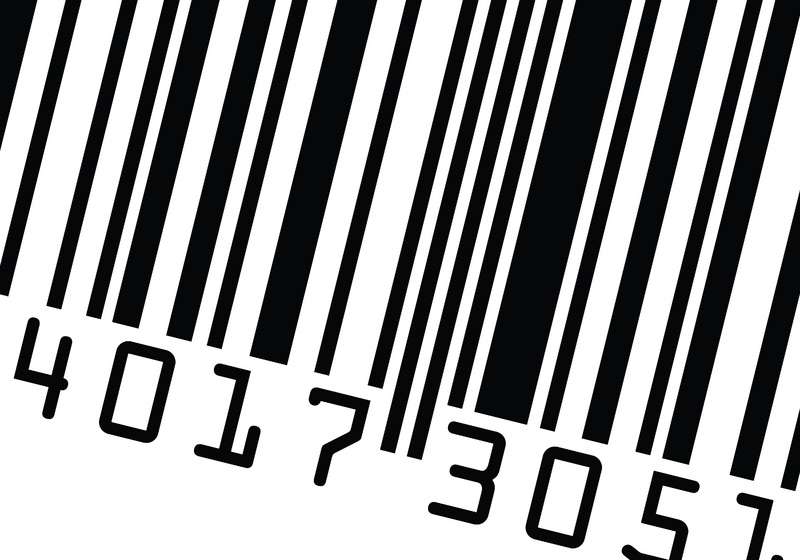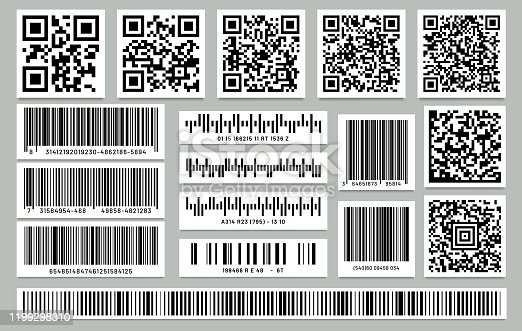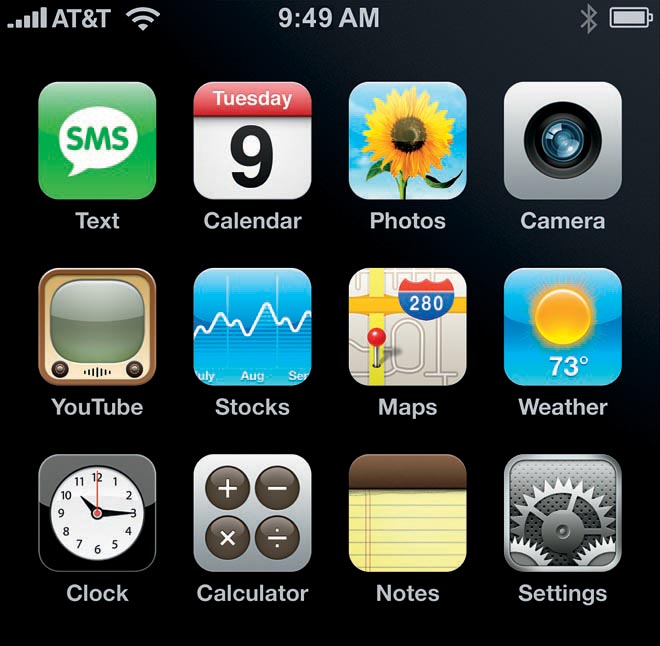It does not matter what product you buy, as long as it has got a tag it is sure to carry a bar code, unless it is from a pawn shop or the likes. The first barcode was not used for any product that is available at the super market. It was used to label railroad cars.
It was not until June 26th 1974 that the bar code was used for the first time in a commercial setting. From then on, bar codes became a popular way of assigning universal product codes or UPCs to products from around the world. Each code can be divided into three parts, which are:
- A country code
- Company code and
- Product code
Applications of Barcode
It took almost two decades before the bar code was accepted at a commercial level. Once it was accepted, many critics believed that the product would not last very long. However, bar codes helped the grocery industry save millions of dollars. This made the manufacturers think about the versatile use of bar codes.
Retail outlets now have retail membership cards that are exclusive to the store. These cards have bar codes that are helpful in identifying a consumer. Once a customer is uniquely identified, it is easy for the retail shop to understand the customer’s shopping patterns. Along with this, customized marketing strategies can be applied easily. These help shoppers avail discounts and special offers on products.
Another industry that uses bar codes extensively is the health care industry. Not only are the medical products (including medicines) managed with the use of bar codes but patient records (medical history, drug allergies, patient’s data, etc.) and patient identification is also done using bar codes.
Bar codes can also be used to keep track of nuclear waste, rental cars, parcels, express mail and registered mail. Tickets with bar codes allow the ticket holder to enter theatres, sports arenas, fairgrounds, cinemas and public transport. It can also be used to record the entrance and exit of different vehicles from a rental facility.
It is also used in few kinds of 1D and 2D position sensors that are non-contact. 2D bar codes have more information than 1D bar codes in general. A 1D bar code is basically a set of lines of variable length and can be easily read by any infrared sensor. 2D bar codes are slightly different. They appear in a matrix form and consist of square dots that are of variable sizes. These bar codes are read with a raster-scanning beam sensor.
The Advantage of Bar Codes
- It does not matter how ‘long’ the bar code is as there is no information in any of them. However, the height does make it easy to read the information.
- 2D bar codes can contain up to 500 bytes of data per square inch.
- A 2D bar code can be used to hold different types of biometric data like a compressed version of the owner’s portrait or fingerprint.
Other information that can be carried in the bar code includes personal data like name, employee number, department, address, designation and expiration. One important thing to remember is that 1D bar codes can wear easily. However, 2D bar codes overcome this issue and can withstand holes, dirt marks and cuts.
It may seem easy to copy bar codes because they are just a bunch of lines or dots that can be printed with just about any printer that has got black ink. But it is important to remember that it is not that easy. A K Panel is required when bar codes have to be printed on plastic cards. The K Panel or Black Resin is opaque to all infrared and visible sensors.
Security is the biggest concern when it comes to barcodes. To avoid the bar code from being photocopied easily, the bar code can be printed on a dark YMC color panel such that photocopying it is not possible. There are printers available that specially print ID cards with bar codes. These ID card printers can help companies generate secure access and avoid any unauthorized entry.
I have worked in the technology industry since I left School and have dipped my toe into inbound marketing but I'm still a tech geek at heart. I enjoy review new tech products and writing articles on things people would never expect like Barcodes and other every day used Techology!

7 Comments
Leave a Reply
Cancel reply
Leave a Reply
This site uses Akismet to reduce spam. Learn how your comment data is processed.























































































































































































Michael Davis
September 6, 2012 at 3:45 pm
This next generation checkout scanner works in the same way as our current ones except there are no barcodes. This means cashiers would no longer type in by hand (or worse get on that little phone and ask someone about) produce items. Now they can simply be “seen” by the machine for what it is.
Kinga
September 6, 2012 at 9:05 pm
Really interesting article, I haven’t known that the barcodes were used so many ways… I thought that there are already some better solutions for identification, for example the QR codes or the RFiD system (RadioFrequencyIdentification). But the barcode is still alive, although it is quite an old technology.
Erica Williams
September 7, 2012 at 9:02 am
Surprisingly this technology is still in use and it looks like it will be used further (no idea how long) inspite of advancements and developments in technology world anyways bar codes labeled on some soft stuff sometimes get wrinkeled and it become difficult for bar code scanner to scan and find out the price/data stored against it, for me its a drawback and it should be solved.
Mike
October 6, 2012 at 9:40 am
Hi Sean, Nice write-up! Can I beg your help. We have a small, home based business of selling pickle to the local shops, which we import from India. Now we want to expand our business and want to sell through Amazon. Hence we need to obtain some Bar Codes. We manufacture only 8 types of Pickles with same type of packaging and different pricing. So as I understand we have to obtain only 8 Barcodes for each product type, so there is no need to get my company registered with GS1.
Obtaining through a genuine and expert Barcode reseller is what we have to do. Through Google Search I have came across a number of Barcode vendors many of them offering barcodes for as low as 1 USD to as high as 100 USD. I am confused, whether I get the cheap barcodes or getting barcodes from expensive sources will be wise decision? Please advice!
Jason
October 11, 2012 at 12:16 pm
We just celebrated the 60th Anniversary few days ago. Barcode technology is 60 year old and people are still innovating new thing in this field, from a 4 line code to today\\\’s high tech QR Code scannbale through smartphones we have come a long way!
Jason
October 12, 2012 at 10:06 am
@Mike – I will suggest you to check for the following things before ordering your barcodes:
1) Company Details like, HO, and Experience into Barcoding
2) Are the Barcodes Authentic, Valid an Unique for Your Products?
3) Formats, Sizes and Delivery Time for Barcode Graphics
4) Cost and Benefit of buying from that vendor
Mike
October 13, 2012 at 6:54 am
Thanks for your kind advise Jason! I have already gone ahead and contacted Simply Barcodes team – one of the oldest and highly recommended Barcodes Vendors. Their staff is very friendly and helpful! http : // www . simplybarcodes . net/